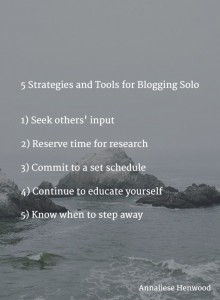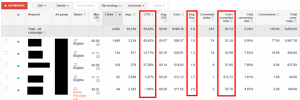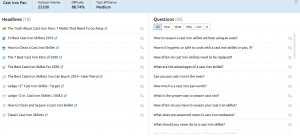Have you decided to move to a new customer relationship management (CRM) platform and want to ensure the migration process is successful? This is smart thinking, and knowing that you aren’t the first person to go through this process can be quite helpful and reassuring. In addition, you may have heard horror stories about a CRM migration process that didn’t go very smoothly, and you want to avoid the same pitfalls with your project.
Let’s discuss the steps to executing a successful CRM migration and all the angles to consider throughout your project.
1. Buy-In
Before you get started with your CRM migration project, get buy-in from your executive team, key stakeholders, the sales team, and anyone else who may need to be involved and that has decision authority for the project. It is easier to ensure the success of your project if you have internal champions and collaboration from your team members. In addition, gaining buy-in and approval from the leadership team is the key to receiving budget approvals and the team’s time commitment to complete the project.
To gain buy-in, you’ll want to have conversations about and answers for the following topics:
- What is the reason for change?
- What are we gaining from the CRM migration?
- Will there be a cost savings?
- Can we bundle software solutions?
2. Analysis
After you gain buy-in from key stakeholders, start to interview users of the CRM (this is typically the sales team). Ask them questions about the current CRM to determine what is currently working and what isn’t. Examine their pain points within the current CRM, and dive into why things aren’t working as they should. From there, you can start to put together a wish list of features for the new CRM.
3. Planning
For a successful CRM migration, it is important to plan, plan, and plan again. Start comparing CRM solutions that make sense for your company based on the wish list you developed from interviewing team members. Create a document that details the potential CRM solutions, with pros and cons for each one.
As you narrow down your selection to the preferred CRM, outline who needs to be involved. You should be able to determine who will be involved, what they will need to do and why they need to do it.
4. Preparation
Once you select the new CRM solution, begin the data cleansing process. Keep in mind that if you have incorrect data in the current CRM, you don’t want to carry that over to the new CRM. Now is the time to begin the data clean-up process.
Work with your team to correct errors and remove outdated and duplicate information in the old CRM. Find ways to create data standardization, and make sure you fully understand field mappings, data differences (e.g., number versus string fields, single line text versus multi-line text), and the difference in data storage between the old and the new CRM. Doing the prep work before the CRM migration will make the transfer of data easier and less time-consuming to clean up after the migration is complete.
5. Customization
It can be rare to find an out-of-the-box CRM solution that meets all the needs of your organization. Customization of the CRM is usually inevitable. As you evaluate the new CRM capabilities, determine what may be missing within the platform. This could include non-standard fields, contact/dashboard views and team permissions.
Start to set up the custom fields and any additional items needed before you begin the migration process, to avoid errors. It is important to note that you can always add additional customization at a later stage, but outlining immediate needs for the migration will be key to successfully transferring the data.
6. Tools
There may be several tools and resources available to make the CRM migration less tedious. Look for options to help you bulk update data when possible.
In addition, determine how the data needs to be transferred. Will you need to do an export/import of data, or is data transferred at the code level? By utilizing the right tools, you may make the CRM migration run smoothly and secure the integrity of the data.
7. Test
It is a smart idea to test the data within the new CRM before you do the complete migration. Choose a sample size of data and see how it works within the new CRM. This is usually called a trial run. By performing a trial run, you’ll have the ability to correct any issues with a smaller data set. You may also choose to change data mappings, field customization, or anything else needed at this time.
8. Migration
The next step is to execute and complete the migration process. Select a day and time that won’t cause issues for your organization. Typically, this means selecting a down period for the organization (i.e., evenings, weekends, or holidays) when there won’t be a lot of users within the CRM. Choose a date, communicate it to the team and then stick with it. As the migration is in process, continue to audit the data to ensure everything is transferring correctly.
9. Implementation
Once the migration is complete, it is important to train your team on how to use the new CRM. Plan on several training sessions and provide one-on-one support. Make sure your team is comfortable with the new CRM, and continue to gather feedback to see how things are working or if anything is missing.
Consider this the user acceptance testing (UAT) phase of the project. It may be a good idea to run both CRM systems in parallel for 1-2 weeks, until everyone is up and running on the new CRM.
10. Management
Plan for ongoing maintenance and updates to the new CRM after the migration is complete. As with any CRM solution, it is best to assign someone as a CRM administrator to assist with ongoing support and updates to the platform. This could include software updates, enhancements, communication with team members, and documentation of updates and changes. The CRM administrator should also be responsible for communicating with the CRM vendor on behalf of the organization.
Hopefully, these 10 steps will help you complete a successful CRM migration, and you can gain value from your decision to move forward with a new CRM for your organization.
Business & Finance Articles on Business 2 Community
(26)
Report Post






